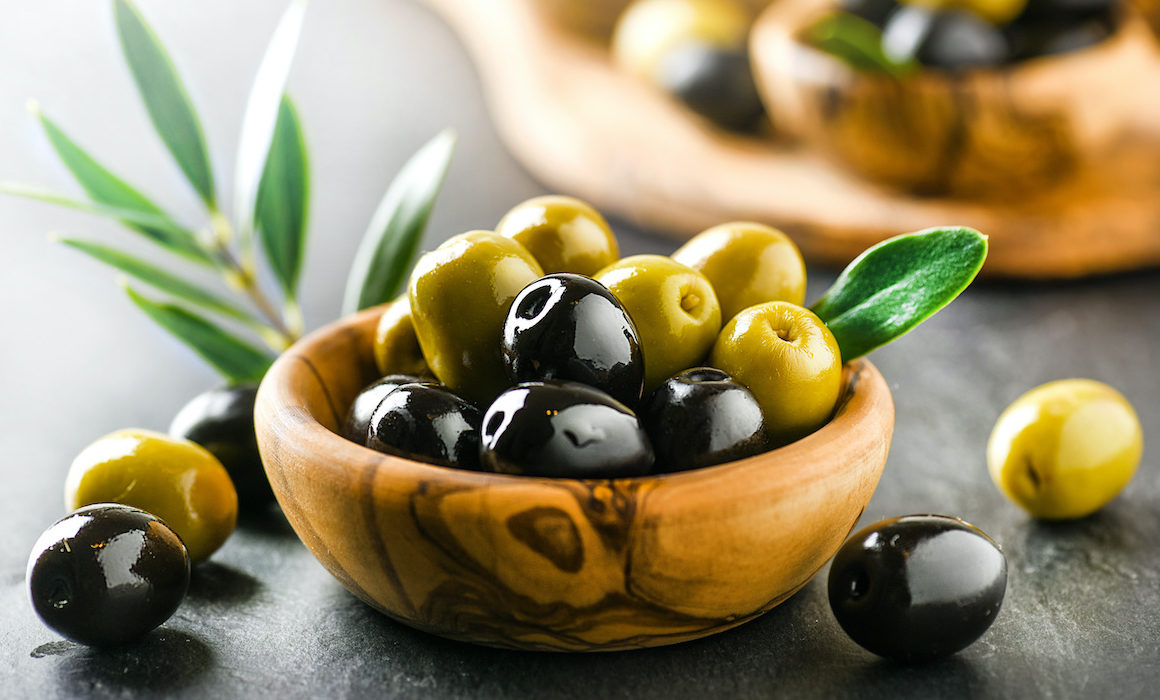Among Mediterranean academics, there’s a playful rivalry over which country was first to cure and eat olives. Turns out, Israel has the bragging rights.
An archeological discovery made by researchers from several Israeli universities including the Technion shows that the process of pickling olives for eating started in the Haifa area at least 6,600 years ago. The finding, published in Scientific Reports-Nature, presents the earliest evidence of olive production for consumption.
Archeologists uncovered a site in the Mediterranean Sea about 12 feet off Israel’s northern beaches containing two stone structures filled with thousands of olive pits. The structures, just barely breaking the water’s surface, were set perpendicular to the ground and were encircled with small rooms containing thousands of olive pits. Nearby were other installations, possibly wells or storage areas. Most of the pits were well preserved and whole, suggesting they were used not for making olive oil, which ancient farmers discovered 500 years prior, but for consumption.
And the location of the site, called Hishulei Carmel, indicates the olives were probably manufactured in a brining process similar to today’s, using salt from the Mediterranean. “The pickling of olives in the utensils discovered there could have taken place after the fruit was washed repeatedly in seawater in order to reduce the bitterness, and then soaked in seawater, possibly with the addition of sea salt,” said Technion Professor Ayelet Fishman, one of the study’s researchers.
The prehistoric stone slabs were discovered in 2011, but their purpose remained a mystery until now. The discovery sheds light on when olive trees were first domesticated, a development connected to the growth of more complex societies.



I don’t think the title of your article matches the content lol. Just kidding, mainly because I had some doubts after reading the article.
Thanks for sharing. I read many of your blog posts, cool, your blog is very good.